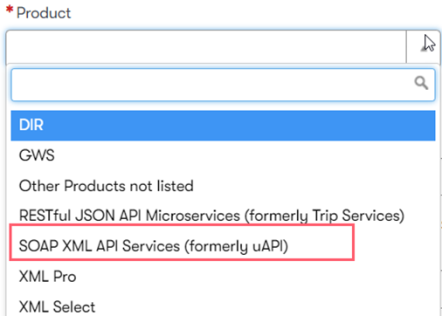In Low Fare Shopping and Air Availability, an ARNK (Arrival Unknown) segment is usually added to an itinerary to signify that a lack of continuity between the arrival of one segment and the departure of the next segment is known and accepted.
In an Open Jaw trip that results in a mismatch between a destination airport and the origin airport of the following segment, an ARNK segment is typically added between the two air segments.
Universal API does not have a mechanism to manually add an ARNK segment to an itinerary. However, if the provider detects the need for an ARNK segment in a Single Open Jaw trip because of mismatched airport or other continuity gap, a message is sent to Universal API to automatically add an ARNK segment to the Universal Record for the requested itinerary.
The SegmentContinuityInfo child of UniversalRecord indicates if there is a break in continuity between the air segments of an itinerary. The following example indicates that the itinerary has one ARNK segment that is defined as the second segment in the itinerary from CHI to MKC does not have an associated travel reservation:
<SegmentContinuityInfo ArrivalUnknownSegmentCount="1">
<ArvlUnknSegment Key="1" Origin="CHI" Destination="MKC" TravelOrder="2">
<BookingTravelerRef Key="122506"/>
</ArvlUnknSegment>
</SegmentContinuityInfo>
If continuity errors are detected in an itinerary, and the travel provider still wants submit the itinerary with known gaps in the continuity of the segments, a ContinuityCheckOverride indicator can be used. When this indicator is enabled, the re-submitted request ignores any continuity gaps.
Note: ARNKs are not required in a GDS PNR; their absence usually, but not always, returns a "Check Continuity" warning from the GDS provider. ARNKs are not typically an issue for ACH suppliers, as most Low Cost Carriers do not support multi-destination trips.


